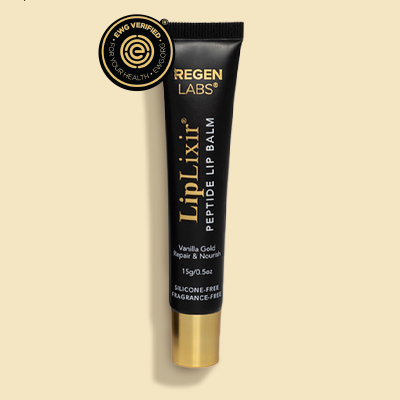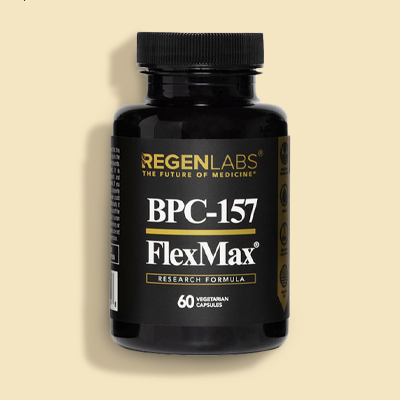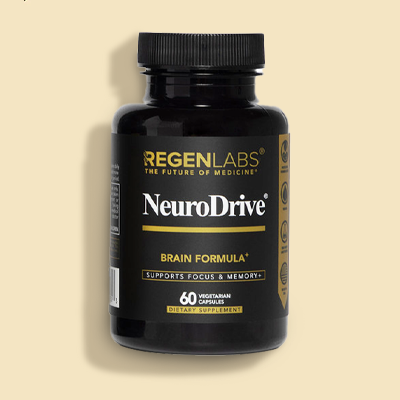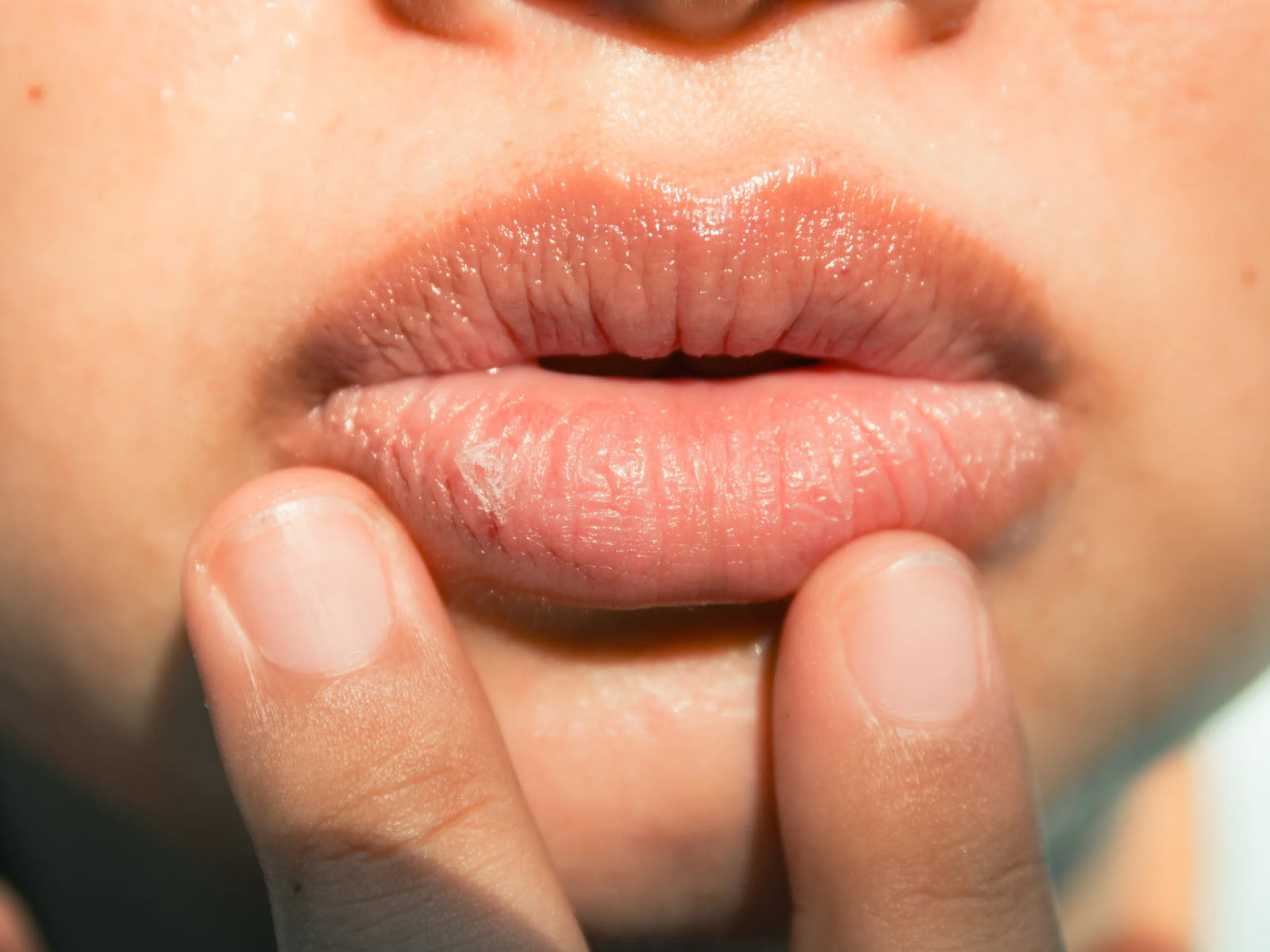Skincare matters. The problem is most people don't even know how to take care of their skin correctly. Why? Because they are not sure what type of skincare they need. When it comes to dry skin vs. dehydrated skin, it helps to know the difference. If you know the difference, you can choose the right product for your skin. Let's look at how you can do that.
RELATED: 5 Proven Skin Care Ingredients for Anti Aging
In this Article:
- Differences Between Dry Skin Vs. Dehydrated Skin
- Knowing The Difference Makes All The Difference
Differences Between Dry Skin Vs. Dehydrated Skin
Dry Skin Characteristics
Dry skin is a skin type you are born with. It means you lack oils or lipids. What does dry skin look like? Because the skin is tight and dry, it shows flaking, cracking, or eczema. A simple way to know the difference between dry skin and dehydrated skin is to notice that dry skin will stay dry throughout the year. However, it may worsen depending on the climate or season.
How to Treat Dry Skin
If you have identified that you have dry skin, moisturizing is essential. A moisturizer is made up of oil-based ingredients designed to help create a seal on the skin to prevent water from escaping. The protective seal leads to smoother skin. Moisturizers work even better if you use them before bed to lock in moisture overnight.
Here are a few ingredients to help moisturize:
- Plant Oils
- Jojoba
- Rose Hip
- Nut/Seed Oils
- Coconut
- Almond
- Hemp
- Mineral Oil
- Shea Butter
- Lanolin
Dehydrated Skin Characteristics
Dehydrated skin is a skin condition. It means you lack water. Compared to dry skin, many ask: "what does dehydrated skin look like?" Since your skin lacks water and produces more oil, it leads to breakouts, irritation, or dry patches. A key difference compared to dry skin is that dehydrated skin is temporary.
How to Treat Dehydrated Skin
If you have identified that you have dehydrated skin, hydrating is vital. Some may choose to skip using moisturizers completely. There are a few things that assist with hydration. A good start is to drink more water and eat water-rich foods like watermelon or cucumber. Next is to look for hydrating serums or ingredients that will help the skin retain water.
For example, niacinamide many benefits such as tightening pores, protecting the skin from sun damage, and treating acne. It does this by building proteins in the skin and then sealing in the skin’s moisture. This helps keep your skin hydrated and healthy.
Stuck In The Middle? Hyaluronic Acid Can Help
If you're still stuck in the middle, what should you do then? The first option is to both moisturize and hydrate. If you do so, it's important to hydrate first for the best results. A second option is products containing hyaluronic acid. It's good for both dry and dehydrated skin. Hyaluronic acid offers many amazing benefits. It can help make your skin more resilient, stimulate skin cell regeneration, and much more.
Knowing The Difference Makes The All Difference
Whether you have dry skin, dehydrated skin, or you're somewhere in the middle; there are healthy ways to take care of your skin. Make no mistake: knowing the difference makes all the difference. Take care of your skin like it matters... because it does. And if you are still stuck, Liquid Facelift® by Regen Labs can make all of the difference for your skin.
Up Next:











